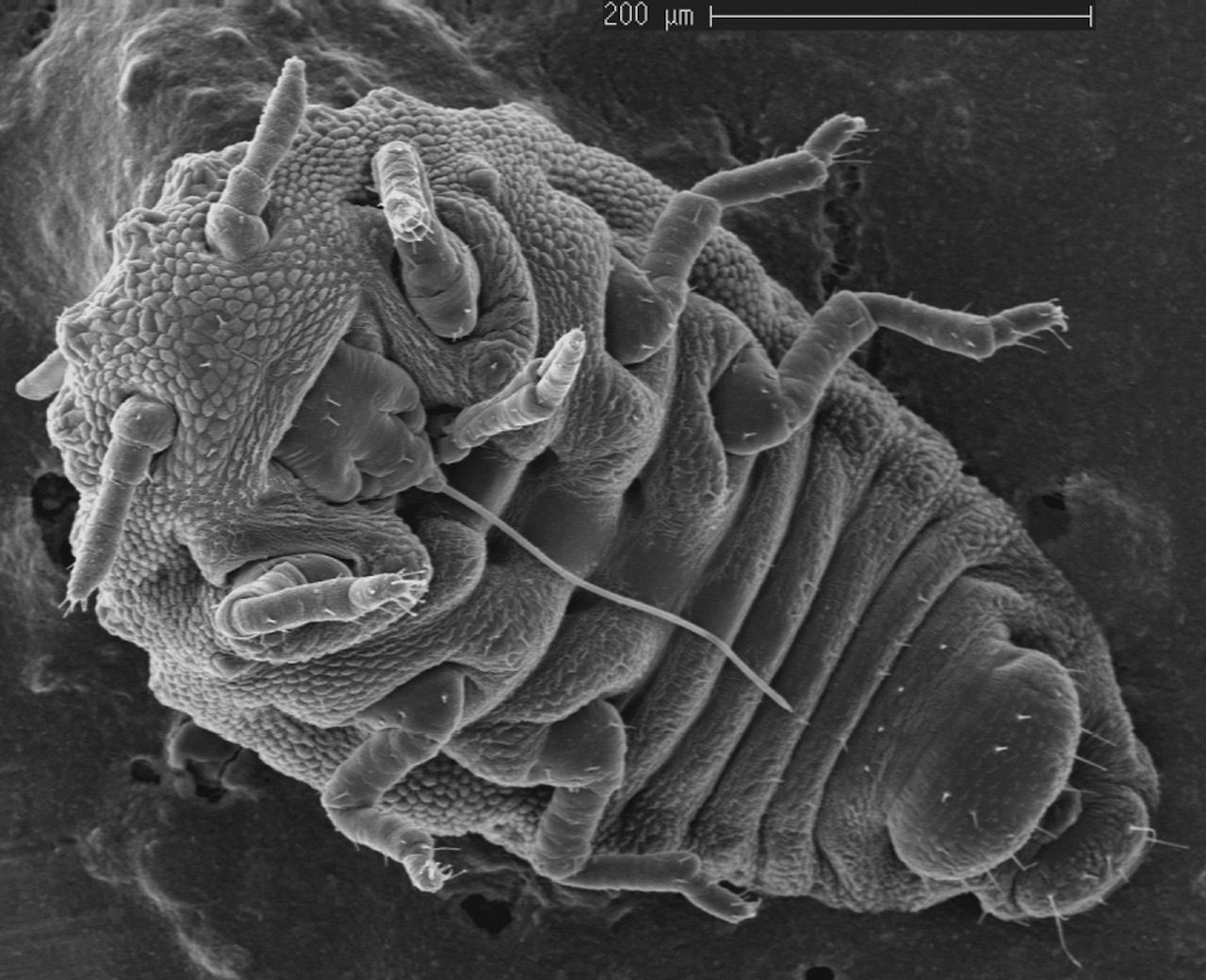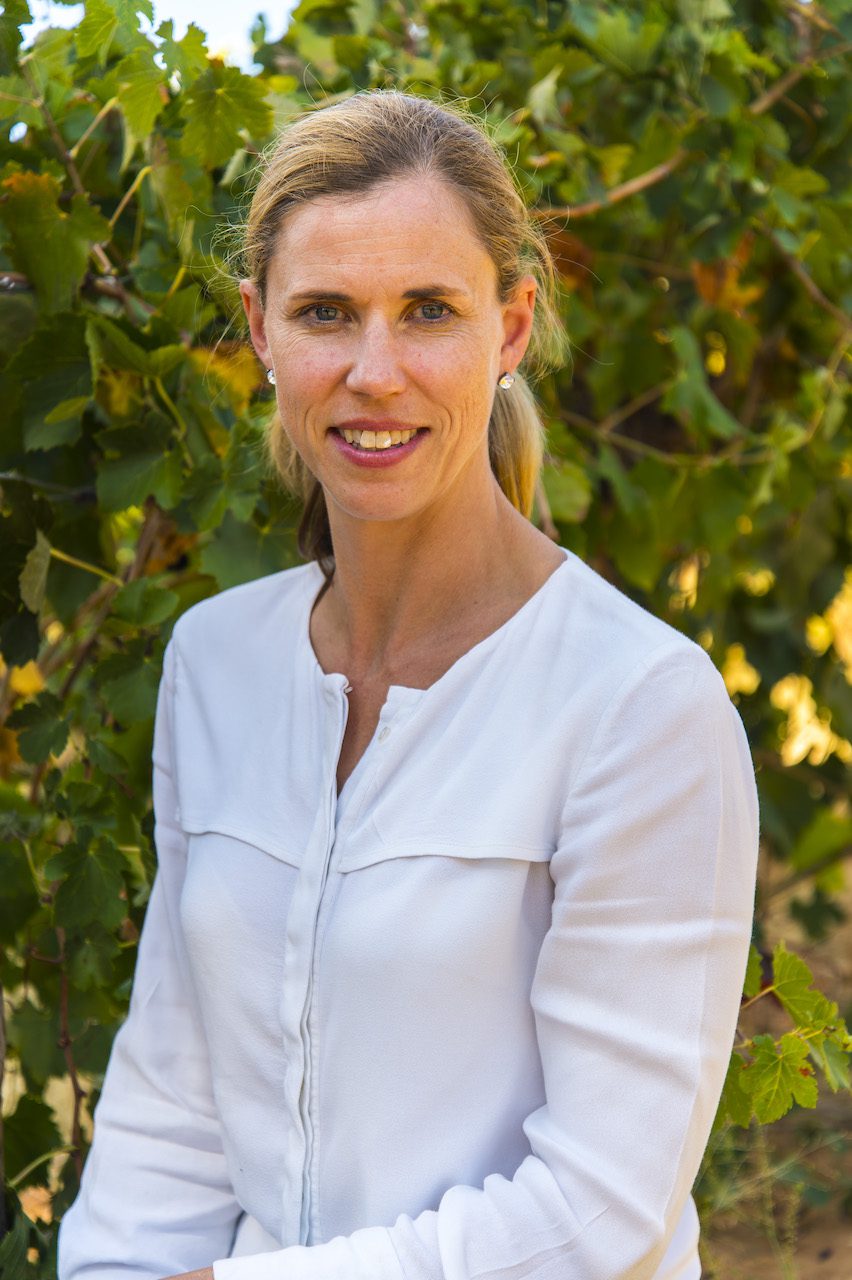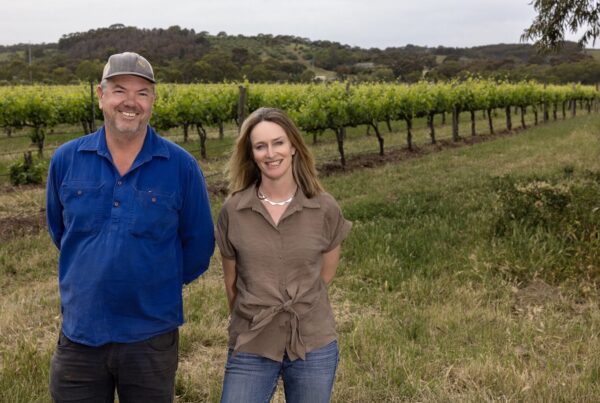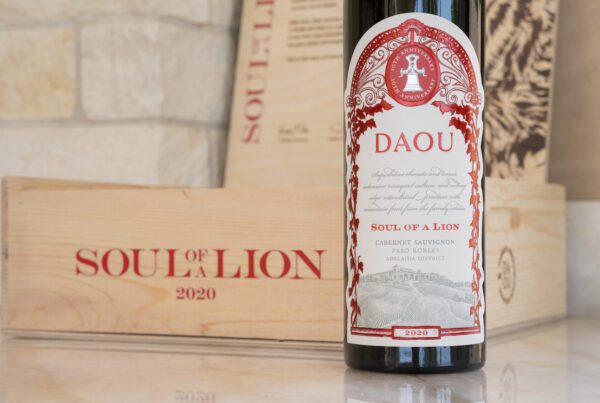
A phylloxera outbreak simulation, recently held in partnership between Vinehealth Australia and Treasury Wine Estates (TWE), has highlighted the actions required by the wine industry to effectively prepare for an incursion.
‘Exercise Vintage’, a simulation created by Vinehealth Australia and facilitated by crisis management experts Tigertail, was designed to deliver intelligence to the South Australian wine industry as it embarks on the development of a new State Phylloxera Outbreak Management Plan, and provide an opportunity for TWE to review its mitigation plans.
TWE worked with Vinehealth Australia to develop the scenario for the simulation: a local phylloxera outbreak during vintage. The simulation focused on the potential impact to TWE’s vintage operations, and its business.
“We were really impressed by TWE’s commitment to the simulation. They provided staff from across the supply chain for the operation, which shows real leadership in biosecurity risk planning and management and understanding the potential impact of such an incursion,” said Inca Pearce, CEO of Vinehealth Australia.
“Importantly, during the workshop, staff were able to critically review TWE’s plans and include further actions to better prepare the business to manage a biosecurity event, should one occur.”

Inca Pearce. Photo: John Krüger.
TWE director of Australian and New Zealand Wine Production, Mandy Barnes, said the company had enhanced its mitigation plans and developed some new operational procedures, following the simulation.
“Education is the key, so we are developing a phylloxera education program for all TWE employees, no matter which area of the business they work in,” said Mandy.
“We’re also enhancing our systems to track and monitor people and machinery movements on our properties. We’re installing more technology at all sites, with the capability to alert site managers of biosecurity risks.
“Running the exercise demonstrated a range of actions required for TWE and the Australian wine industry, to effectively deal with an incursion of phylloxera or other harmful pest or disease. As an industry, it’s critical for us to be diligent about minimising potential biosecurity risks.”
Inca said a key aim of the outbreak simulation with TWE was to provide learnings for the development of a new South Australian Phylloxera Outbreak Management Plan.
“We need a strong State Phylloxera Outbreak Management Plan that is fit for purpose and addresses the changing business and biosecurity landscape,” said Inca. “A key priority for 2019 is working collaboratively with the state government and the wine industry to develop an updated plan which will improve our preparedness to manage any outbreak of phylloxera and minimise its impact.”
The need for maintaining an effective South Australian Phylloxera Outbreak Management Plan was again highlighted in February and March with two new detections of phylloxera confirmed in Victoria. Click here for more information: http://vinehealth.com.au/news-2/biosecurity-alerts/
A lack of control options for phylloxera means there is no treatment for a phylloxera-infested vineyard. The only option is to pull out the vineyard and replant with new vines that have been grafted onto phylloxera tolerant or resistant rootstock. Pulling out vines and replanting comes at an approximate cost of $60,000 per hectare, including vine removal, new grafted vine material and new block infrastructure, notwithstanding loss of production while new plantings mature.
“South Australia has strict requirements on the movement of vines, grapes and machinery across its borders to prevent an incursion of phylloxera from infested areas interstate,” Inca said.
“However, we know phylloxera doesn’t respect state borders. The South Australian wine industry must do everything in its power to prevent this destructive pest from entering our state. But if it does arrive, we need to be prepared.”
Main photo courtesy of Agriculture Victoria (Rutherglen).













Recent Comments